This article is part of Carrier Management’s series on the Future of Insurance.
Adam Cassady, CEO, Tyche Risk, believes insurers that embrace machine learning technology to garner better risk insights will be better positioned than those that cling to their beliefs in the “art” of underwriting in the future.
 Adam Cassady, CEO, Tyche Risk
Adam Cassady, CEO, Tyche RiskQ: What major changes do you see on the horizon for the property/casualty insurance industry in the next 10 years?
Cassady (Tyche): Machine learning technology and its proponents will butt heads with hard-won but increasingly anachronistic insurance industry orthodoxy that the core competencies of underwriting and claims management are art and are not amenable to fundamental transformation through data science. While each exposure and each claim is unique, the laws—both natural and human—governing those exposures and claims are increasingly both knowable and known. Machine learning technology enables us to discover, describe and deploy knowledge of those laws, and do so quickly.
Those who leap ahead in this area will have bigger books because they will be able to quote submissions much more quickly and triage to improve hit ratios. Those books will have better loss ratio characteristics because risk segmentation will be far better. Claims generated from those books will have lower loss adjustment expenses, because carriers can avoid costly and pointless disputes and needless discovery by communicating claims settlement offers that are north of what the carrier would ultimately have settled at, delighting and doing right by their policyholders while still saving money on loss adjustment. And overall expense ratios will creep downward as the productivity of new hires, enabled by machine learning technology, dramatically improves.
Q: What will insurance companies, insurance leaders, the industry and its workforce look like in the next decade?
Cassady (Tyche): In the next decade, the insurance industry and its leaders will look basically the same but will be poised for true transformation in the next 10 years [the 10-year period starting 10 years from now]. Nevertheless, a few trends are clear.
First, there will be fewer insurance agents and brokers because the workforce is aging out. But those that remain will be more productive, enabled by technology.
Second, InsurTech online/direct distribution platforms will evolve—first toward MGAs with the pen, and then toward fronting carriers working directly with reinsurers. We will see many more such entities in 10 years.
Third, carriers will continue to shave staff and partner with delegated authorities and TPAs, but the power and influence of the CIO/CTO will, rightly, grow. That does not necessarily mean their budgets will grow (nor should it), but technologists will inevitably begin to influence strategy. Insurance CEOs who are not asking their CIOs how they can better serve their customers, and closely listening to their answers, are doing themselves a disservice.
Fourth, both carriers and reinsurers will turn toward adding value beyond providing an insurance product. Carriers will start to deploy their underwriting knowledge, and more importantly data, toward proactive engagement with their insureds through loss prevention. Reinsurers will start to, either independently or with brokers, work harder to be a greater technical partner to their cedent clients.
Lastly, we’ll see some really interesting things happening on blockchain. If I were to wager, I would bet that a walled garden blockchain platform aimed at disintermediating the reinsurance broker and permitting nontraditional investors like family offices to participate in ordinary reinsurance treaties will crop up. Smart contracts and reinsurance go together like peanut butter and jelly. If this doesn’t exist in 10 years, I will be shocked, and if it doesn’t exist in three years, albeit with limited adoption, I will be mildly surprised.
Q: What risks will they insure?
Cassady (Tyche): I actually don’t think that that many more domains of insurable risk will be broached. So basically, whatever gets insured now. I, of course, hope Trōv and others prove me wrong.
Q: How will insurance products and services be distributed?
Cassady (Tyche): Online and through agents. The overall share of direct-to-consumer distribution will grow.
Read more Future Insights by person
 Mike Albert, Co-Founder, Ask Kodiak
Mike Albert, Co-Founder, Ask Kodiak Tim Attia, CEO and Co-Founder, Slice Labs, Inc.
Tim Attia, CEO and Co-Founder, Slice Labs, Inc.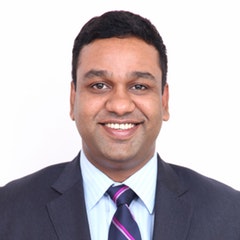 Arun Balakrishnan, CEO, Xceedance
Arun Balakrishnan, CEO, Xceedance Ilya Bodner, CEO, Bold Penguin
Ilya Bodner, CEO, Bold Penguin Bobby Bowden, Executive Vice President, Chief Distribution and Marketing Officer, Allied World
Bobby Bowden, Executive Vice President, Chief Distribution and Marketing Officer, Allied World Andy Breen, Senior Vice President, Digital, Argo Group
Andy Breen, Senior Vice President, Digital, Argo Group Adam Cassady, CEO, Tyche Risk
Adam Cassady, CEO, Tyche Risk Chris Cheatham, CEO, RiskGenius
Chris Cheatham, CEO, RiskGenius Trent Cooksley, Head of Open Innovation, Markel Corporation
Trent Cooksley, Head of Open Innovation, Markel Corporation Mike Foley, CEO, Zurich North America
Mike Foley, CEO, Zurich North America Guy Goldstein, Co-Founder and CEO, Next Insurance
Guy Goldstein, Co-Founder and CEO, Next Insurance Mike Greene, CEO & Co-Founder, Hi Marley
Mike Greene, CEO & Co-Founder, Hi Marley Brian Hemesath, Managing Director, Global Insurance Accelerator
Brian Hemesath, Managing Director, Global Insurance Accelerator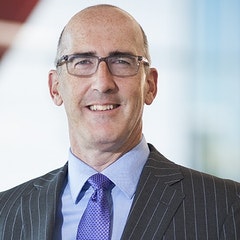 Russell Johnston, CEO, QBE North America
Russell Johnston, CEO, QBE North America Dr. Henna Karna, Managing Director and Chief Data Officer, XL Catlin
Dr. Henna Karna, Managing Director and Chief Data Officer, XL Catlin Tony Kuczinski, President and CEO of Munich Re, US
Tony Kuczinski, President and CEO of Munich Re, US Rashmi Melgiri, Co-Founder, CoverWallet
Rashmi Melgiri, Co-Founder, CoverWallet David W. Miles, Co-Founder and Managing Partner, ManchesterStory Group
David W. Miles, Co-Founder and Managing Partner, ManchesterStory Group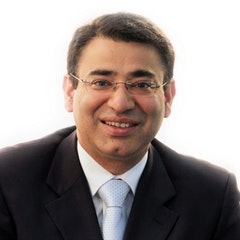 Pranav Pasricha, CEO, Intellect SEEC
Pranav Pasricha, CEO, Intellect SEEC Mike Pritula, President, RMS
Mike Pritula, President, RMS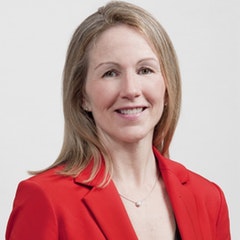 Kathleen Reardon, CEO, Hamilton Re
Kathleen Reardon, CEO, Hamilton Re Jeff Richardson, Senior Vice President, OneBeacon Insurance Group
Jeff Richardson, Senior Vice President, OneBeacon Insurance Group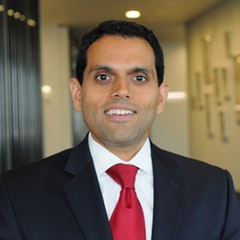 Vikram Sidhu, Partner, Clyde & Co
Vikram Sidhu, Partner, Clyde & Co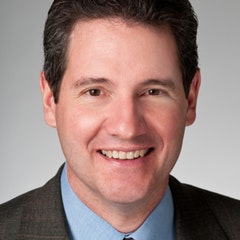 Christopher Swift, CEO, The Hartford
Christopher Swift, CEO, The Hartford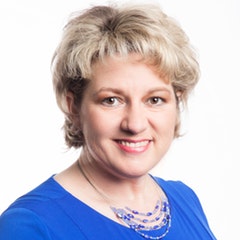 Rebecca Wheeling Purcell, Schedule It
Rebecca Wheeling Purcell, Schedule It Keith Wolfe, President US P/C—Regional and National, Swiss Re
Keith Wolfe, President US P/C—Regional and National, Swiss Re

Get the responses of all 26 leaders neatly packaged in single PDF download. More than 43 pages of content.





















 Hawaii’s Housing Market Faces Challenges Due to Construction Defect Litigation: Study
Hawaii’s Housing Market Faces Challenges Due to Construction Defect Litigation: Study  State Farm Stronger as Underwriting Losses Shrink—But Not in California
State Farm Stronger as Underwriting Losses Shrink—But Not in California  Berkshire, Progressive Are 2024 Underwriting Profit Leaders; Industry Income Record
Berkshire, Progressive Are 2024 Underwriting Profit Leaders; Industry Income Record  Tariffs Will Negatively Affect Insurance Industry, Says AM Best
Tariffs Will Negatively Affect Insurance Industry, Says AM Best 





